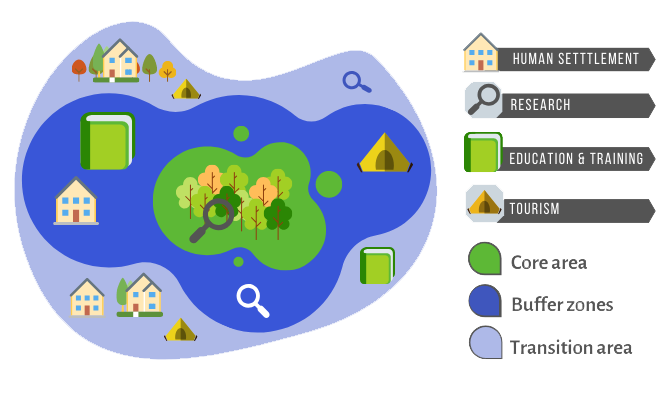Biosphere reserves are model areas for sustainable development
Biosphere reserves are model areas for sustainable development designated under the Man and the Biosphere programme (MaB) of the United Nations Educational, Scientific and Cultural Organization (UNESCO).
Biosphere reserves form a worldwide network, known as the World Network of Biosphere Reserves (WNBR), which in 2022 numbered 738 sites in 134 countries. In Finland, there are two of them: the North Karelia and the Archipelago Sea Biosphere Reserves.
Biosphere reserves are action programmes and defined geographical areas with unique natural and cultural features. They aim to achieve harmonious interactions between nature and people by promoting solutions reconciling the conservation of nature with its sustainable use.


